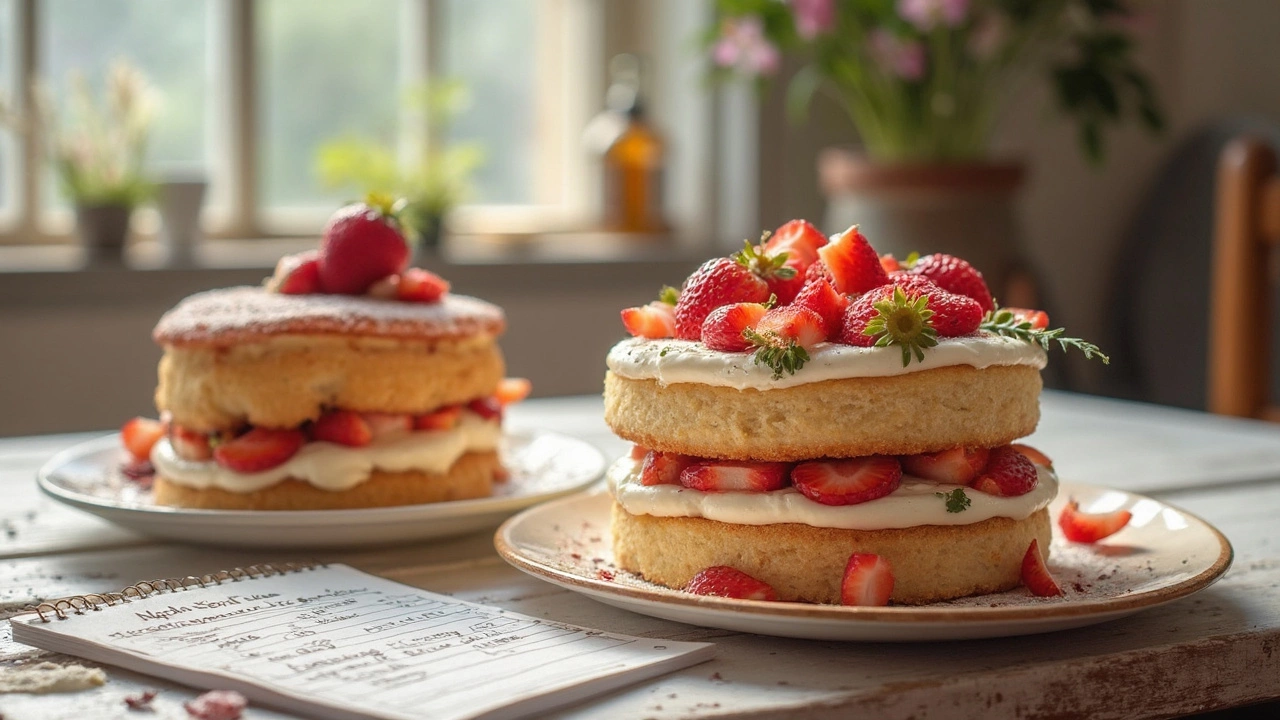Cake Comparison: Pick the Best Cake for Any Occasion
Not sure which cake will wow your guests? You don’t need a pastry degree to sort out flavors, textures, and sizes. This guide breaks down the key factors so you can pick a cake that fits your budget, taste buds, and event vibe.
Flavor and Texture Basics
Start with the flavor profile you want. Classic vanilla works for almost anything, while chocolate adds richness and red velvet brings a subtle cocoa‑cream combo. If you’re after something fresh, lemon or orange zest can cut the sweetness. Pair the flavor with a texture that matches the occasion: light sponge for a breezy brunch, dense brownie‑style for a dessert‑first wedding, or buttery buttercream for a festive birthday.
Don’t forget the filling. Fruit preserves, chocolate ganache, or caramel drizzle each change the cake’s mouthfeel. A good rule of thumb is to match the filling intensity to the cake’s base. Light sponge + light jam feels balanced, while a rich chocolate cake needs a bold ganache to stand up.
Size, Shape, and Serving Tips
Measure your crowd before you order. A 6‑inch round serves about 12, a 9‑inch round covers 20‑30, and a sheet cake can feed a party of 40‑50. For casual gatherings, a half‑sheet or a tiered mini‑cupcake tower keeps portions flexible. Shapes also matter: a rectangular sheet cuts cleanly for buffet lines, while a round tier adds a formal touch.
Consider the serving method. If you’ll be slicing, go for a sturdy cake like a pound or genoise that holds its shape. For plated desserts, a softer mousse or chiffon works better because you can slice thinly and plate artistically. Don’t forget dietary needs—gluten‑free almond flour or dairy‑free coconut cream options are now easy to find and can be swapped without compromising flavor.
Once you’ve nailed down flavor, texture, and size, look at decoration. Simple buttercream piping is quick and versatile, while fondant gives a sleek finish for themed events. Edible flowers, fresh berries, or chocolate shards add visual interest without extra cost.
Finally, set a budget and compare prices. Many bakeries list flat rates per tier, but the true cost often comes from custom decorations or specialty flavors. Ask for a price breakdown so you can see where you might save—perhaps by choosing a standard frosting instead of a custom painted design.
By focusing on these three pillars—taste, structure, and practicality—you’ll confidently choose a cake that impresses without breaking the bank. Whether you’re celebrating a birthday, a wedding, or just a Tuesday night, the right cake makes the moment sweeter.
Is Angel Food Cake Healthier Than Regular Cake? The Real Scoop
Wondering if angel food cake is a healthier pick compared to regular cake? This article breaks down the main differences in ingredients, calories, and nutrition. We’ll cover honest facts about sugar, fat, and protein, plus tips on making each cake a bit healthier. Perfect for anyone trying to satisfy their sweet tooth without going overboard. Get ready for clear comparisons and down-to-earth advice.
